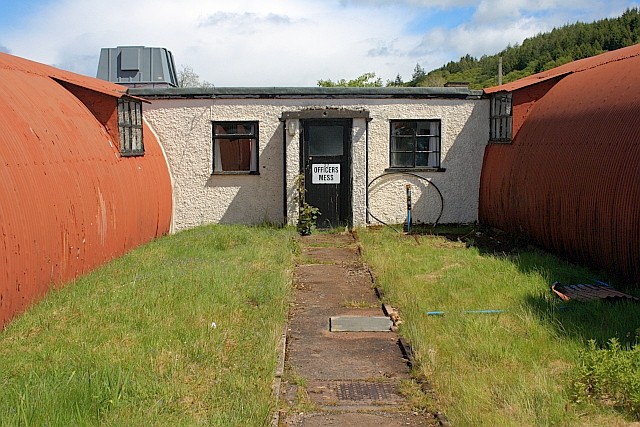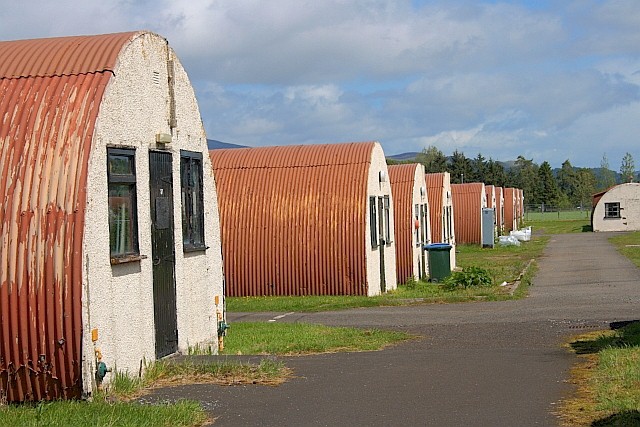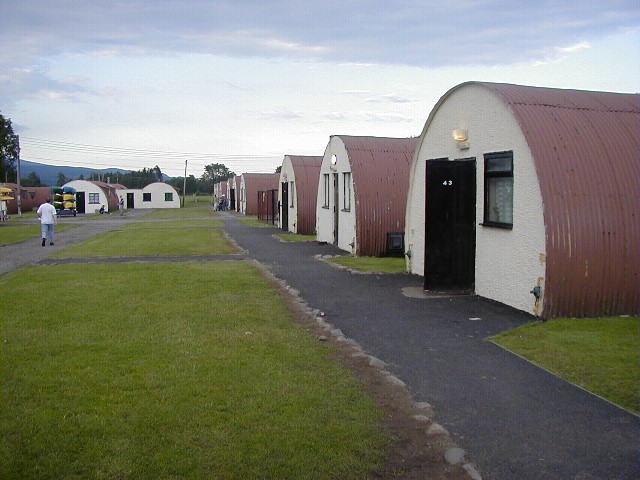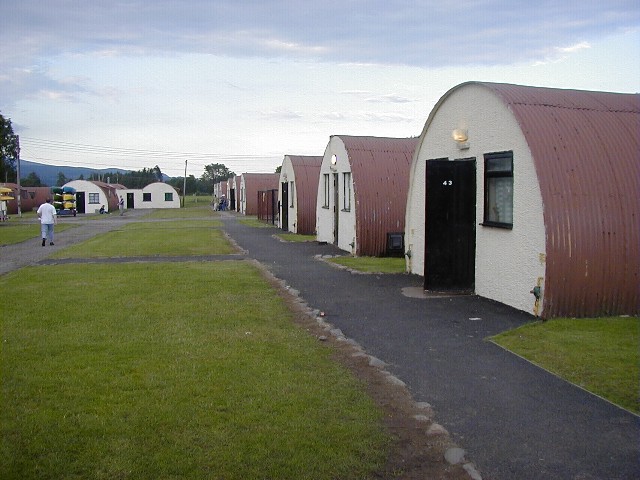Residents of the small Highland village of Comrie in Scotland have recently exercised their legal right to buy shares in a piece of Second World War history. Two miles from their village lies Cultybraggen, the sole remaining, purposly-built British prisoner of war camp. Ten of the original Nissen huts are to be turned into self-catering and bunkhouse accommodations; Comrie villagers have bought shares in the project.
Originally developed to house troops during the First World War, Nissen huts were the world’s first fully prefabricated buildings. Made from corrugated iron sheets fixed to a strong metal frame, a full- sized Nissen hut came delivered on a three-ton truck and could be assembled by a team of six men in just four hours. Semi-circular in section, the huts were weather- and blast-resistant, and could be adapted for different uses by erecting timber partitions internally. A testament to the durability of these buildings is the fact that many have survived to the present day, being used, for instance, as stores and shelters for livestock.

Cullybragen was built at the start of the Second World War as a prison camp, and was used mainly for the most dangerous Nazi prisoners. When full, the camp could hold 4,000 category ‘A’ men housed in compounds according to service and rank; in conditions that were far superior to those endured by Allied forces who were captured by the Germans.
The “Black Camp of the North” as it came to be known, achieved notoriety when on December 22, 1944 Sergeant Wolfgang Rostberg was murdered by some of his fellow prisoners. The reason for the murder has never been determined, but it is thought to be tied to a wavering of Rostberg’s loyalty to the Nazi cause. Five men were eventually executed at London’s Pentonville Prison.

After the war Cultybraggen became an Army training location, and in 1960 an underground Regional Government Headquarters was built on part of the site. That building fell into disuse at the end of the Cold War. The Comrie villagers took legal possession of the site in 2007, The Scotsman reports.
A footnote to the site’s history was added in 2009 when a German ex-prisoner, Heinrich Steinmeyer of the SS, willed £110,000 to the village of Comrie in recognition of the kindnesses he was shown by his captors during his time there. In his will, Steinmeyer stipulated that the money was to be spent on improving the lives of elderly villagers.
Image 1: © Copyright Snaik and licensed for reuse under this Creative Commons Licence.

